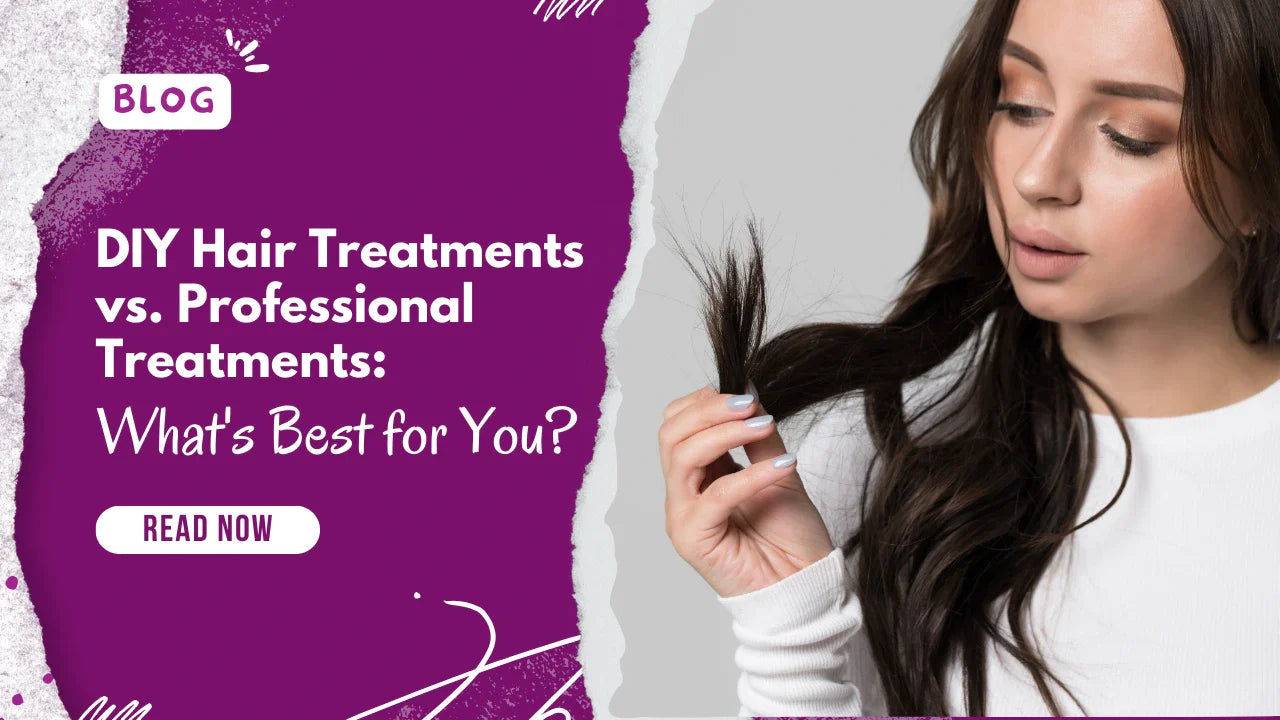
DIY Hair Treatments vs. Professional Treatments: What's Best for You?
Both DIY and Professional Hair Treatments seem tempting to try. Yet, there’s always confusion about which is more beneficial and why. If this sounds like you, no worries. We have covered it.
In this post, we will compare DIY and Professional hair treatments and understand which is best for you. So, without further delay, let’s dive into it.
DIY Hair Treatments vs. Professional Treatments: In a Nutshell
Hair treatment is an essential part of the hair care routine. Yet, it always brings confusion about what’s better. DIY or professional treatment. So, here’s a comparison between DIY hair treatments vs. professional treatments in a nutshell:
| Aspect | DIY hair treatment | Professional hair treatment |
| Effectiveness | Results are mild and take time to show | Provides instant, noticeable results. |
| Ingredients | Uses natural or readily available products. | Uses high-quality expert-suggested and researched products |
| convenience | Can be done at home at any time | Requires booking an appointment |
| Guidance | Relies on personal research or trial & error | Done by trained experts |
| Side effects | Minimal if using natural ingredients, but risk of improper use | Often no or Low risk as treatments are customized |
| Options | Limited to homemade or store-bought masks | Wide range of treatments for various hair concerns |
| Cost | It is budget-friendly but may require frequent use. | Expensive but long-lasting effects |
What is DIY hair treatment?
As the name suggests, DIY or Do It Yourself hair treatments are hair care treatments you can make at home using the kitchen or readily available products. It’s often a mix of fruits, dairy products, oils, and other kitchen items.
You can find DIY hair treatments through various channels like YouTube, parents, social media, or friends. DIY treatment may not provide instant or long-lasting results, yet consistency and the right combination of ingredients can bring noticeable improvements.
Benefits of DIY hair treatments
Moving on. Here are the key benefits of DIY hair treatments:
- Cost-efficient: DIY hair treatments often include readily available kitchen products and are way more budget-friendly than professional treatments. Besides, you can try these treatments regularly without breaking the bank.
- Natural ingredients: Most DIY treatments use natural ingredients like eggs, curd, coconut oil, and banana. These products are gentle on hair and ensure you chemical-free treatment.
- Convenient: Unlike professional treatments, DIY treatments can be done at home. Since they are self-applied, you don’t have to hassle with appointments or schedules. Instead, you can pamper your hair with love whenever you want.
Disadvantages of DIY hair treatment
While DIY hair treatments offer convenience and affordability, they have certain drawbacks. Here are some disadvantages to keep in mind:
- Limited effectiveness: DIY treatments are made without professional expertise, so they tend to be less effective. You need to be consistent with the treatment to see improvements over time.
- Time-consuming: Do-it-yourself treatments can be time-consuming, especially when trying new recipes. These treatments demand patience and research. Some treatments might even require multiple applications to get results.
- Temporary results: Unlike professional treatments, the effects of DIY hair treatments often don’t last long. They require frequent application to maintain their benefits, making DIY treatments less convenient in the long run compared to professional alternatives.
- Less or no shelf life: DIY treatments are made using natural ingredients without preservatives, significantly limiting their shelf life. As a result, they cannot be stored for long periods and must be freshly prepared before each use.
- Risk of allergic reactions: Improperly prepared DIY treatments often bring the risk of allergic reactions, as you don’t know how your scalp might react to a mix of different ingredients. Certain ingredients might cause irritation, itching, or even adverse effects without professional guidance, especially if they are not suited to your hair type or scalp condition.
What is the professional treatment?
Hair treatments made after deep research and expert knowledge to target specific hair concerns are called professional treatments. These are specialized procedures performed by trained experts at salons, using high-quality, salon-grade products and advanced techniques to address issues like damage, dryness, frizz, hair loss, or scalp conditions.
Professional hair treatments are recommended by hairstylists or dermatologists based on your hair type and needs. You can find these treatments at salons, hair spas, or dermatology clinics. Unlike DIY treatments, professional treatments deliver instant and long-lasting results, offering deep nourishment and repair in a single session.
Benefits of professional treatment
As you know what professional treatments are, now let’s dive into the benefits they bring:
- Expert Guidance: Professional hair treatments are performed by trained experts and hairstylists who analyze your hair type, texture, and concerns before picking a treatment. Their expertise ensures safe, effective, and well-suited treatments for your hair’s unique needs.
- Effective and long-lasting: Professional treatments penetrate deep into the hair shaft, providing intense nourishment and repair. Thus, it offers visible improvements in your hair after just one session. Plus, the results of these hair treatments last longer than DIY hair treatments, eliminating frequent applications.
- Addresses hair concerns: Professional hair treatments come in vast options, as each treatment is designed to target a specific hair concern. Whether it’s dryness, frizz, breakage, dandruff, or hair thinning, there’s the best solution for all. These treatments work on a deeper level of hair, helping to restore hair health and improve its overall texture.
- Safe and tested formulations: Professional hair treatments are backed with expert knowledge and research. They use high-quality, expert-approved products that have been demonologically tested. This ensures your hair gets the safest care possible.
- Customized for different hair types: Every hair type has unique needs, and professional treatments are tailored to meet every type’s needs. Whether thick, curly, or fine hair, professionals customize the treatment to ensure you get maximum benefits and long-lasting results.

Moreover, premium hair treatments like Floractive Nanoplastia are designed to suit all hair types, regardless of texture. Since this treatment is completely chemical-free, it is gentle on the scalp, making it an ideal choice even for sensitive people.
Disadvantages of professional treatment
While professional hair treatments offer excellent results, they have certain drawbacks that are important to consider. Here are some disadvantages you should keep in mind:
- Comparatively Expensive: Since professional treatments are backed by research and use high-quality products and expert techniques, they are significantly more expensive than DIY treatments. While they offer long-lasting results, the maintenance cost can be a concern for those on a budget.
- Requires maintenance: Professional hair treatments require a dedicated hair care routine to ensure the results last longer. It can be used to maintain effectiveness using special shampoos, conditioning masks, or periodic salon visits.
Conclusion: DIY Hair Treatments vs. Professional Treatments: What's Best for You?
Both DIY and professional hair treatments come with their advantages and drawbacks. While DIY treatments are budget-friendly and convenient, they require consistency and patience to show results. On the other hand, professional treatments provide expert care, instant results, and targeted solutions but can be expensive and require ongoing maintenance.
Ultimately, the best choice depends on your hair needs, budget, and the level of care you’re willing to invest in. Instead of choosing just one, you can incorporate both into your routine for a balanced approach. However, if you have professionally treated hair, always consult your hair expert before trying DIY recipes to avoid potential damage.

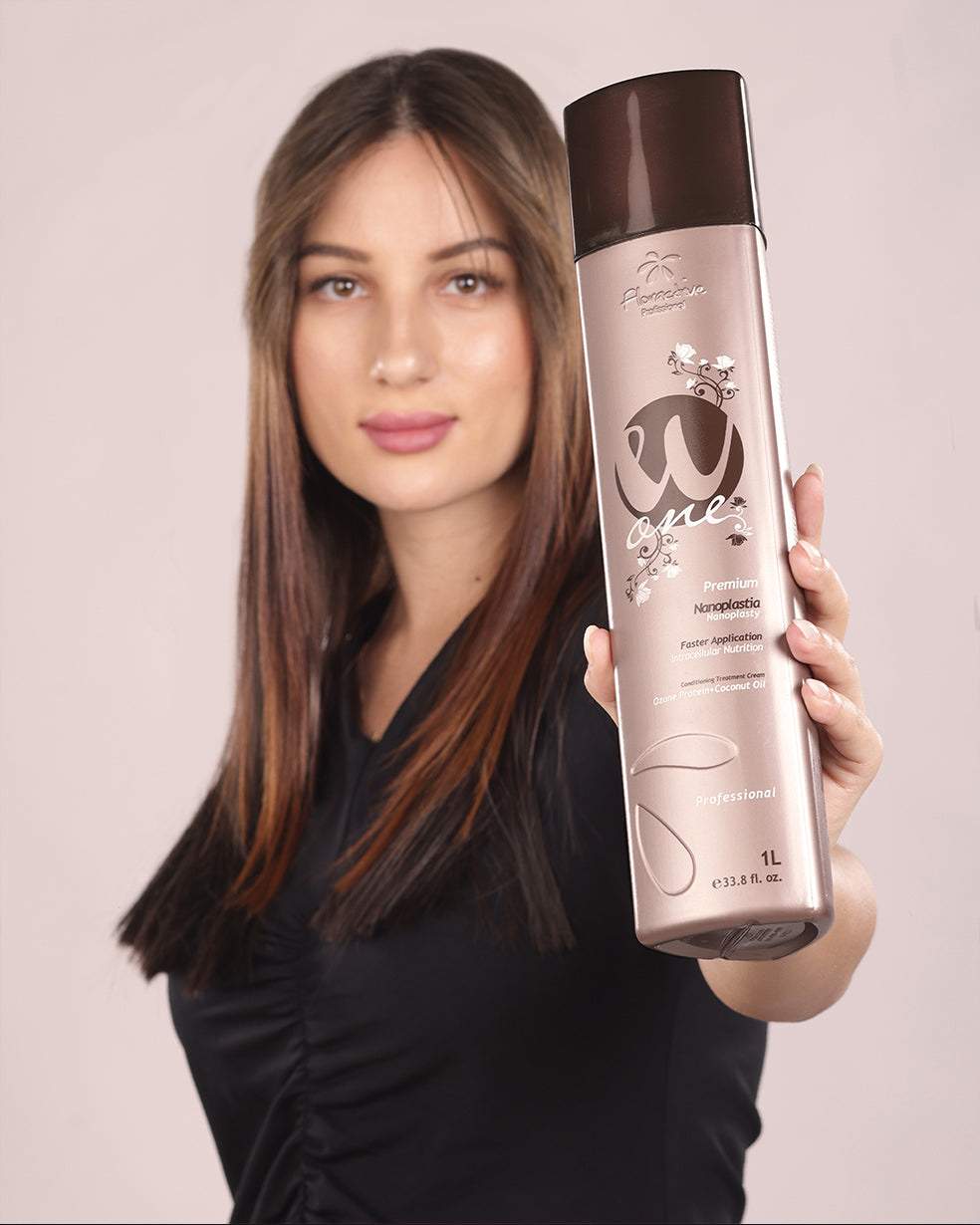
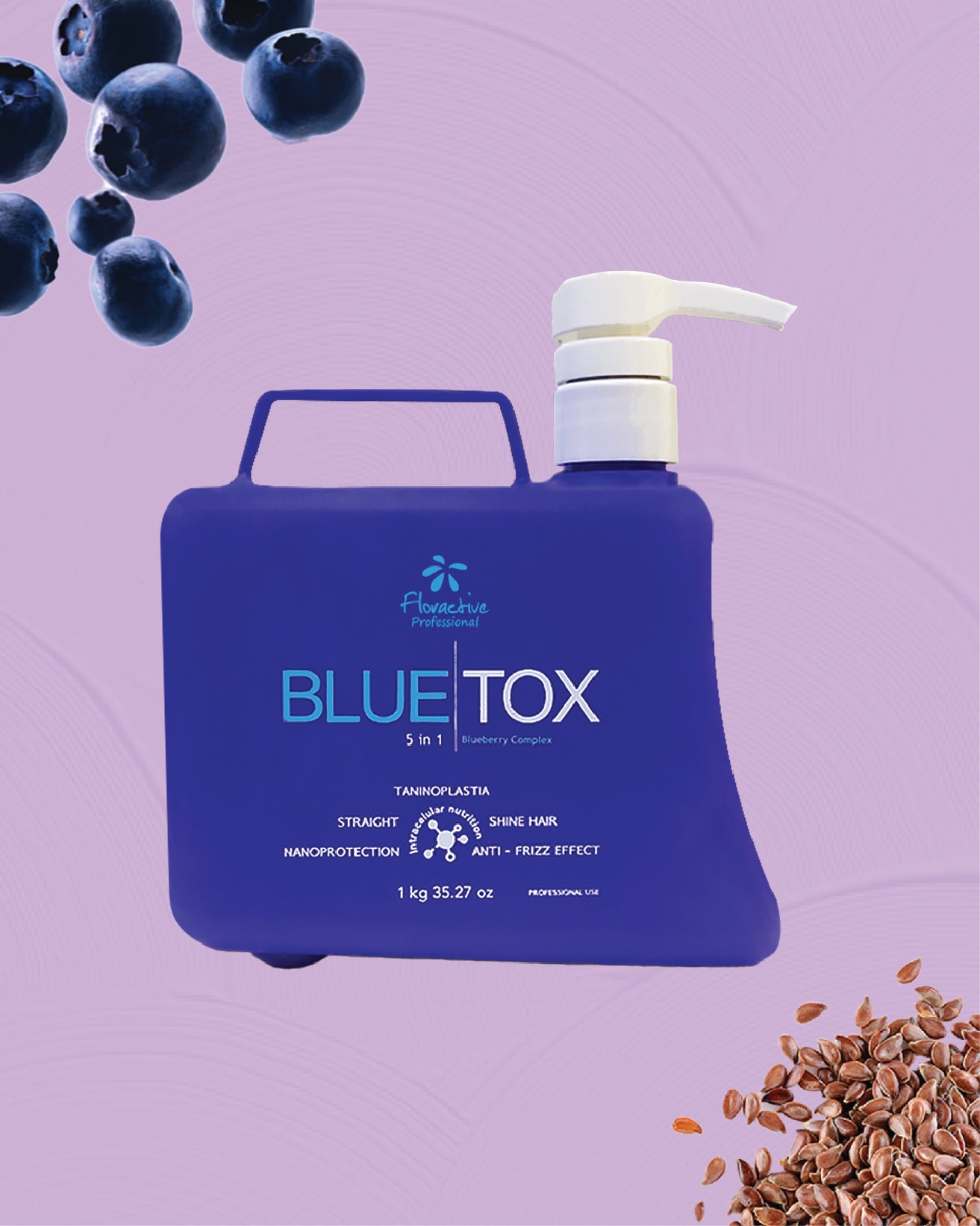
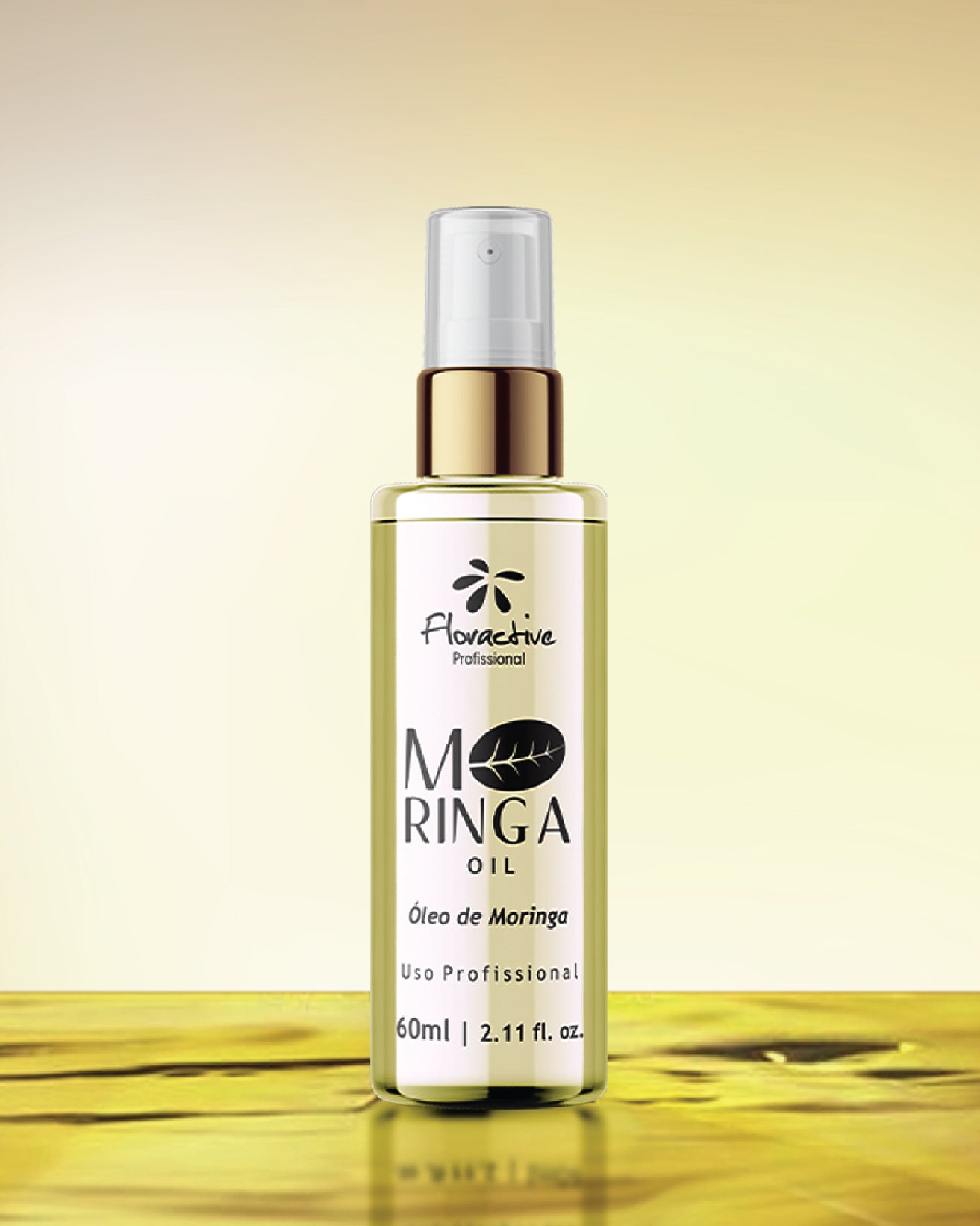
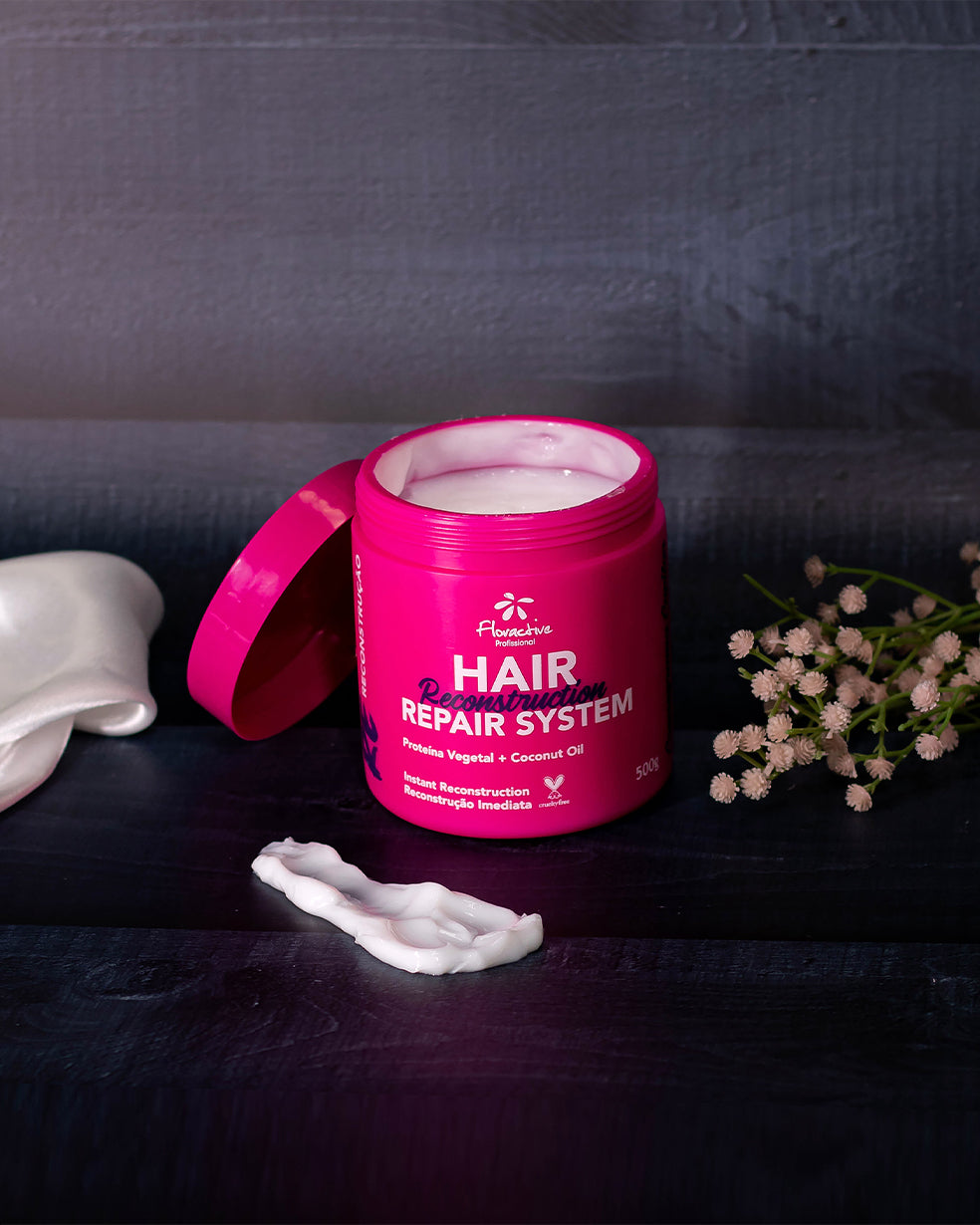

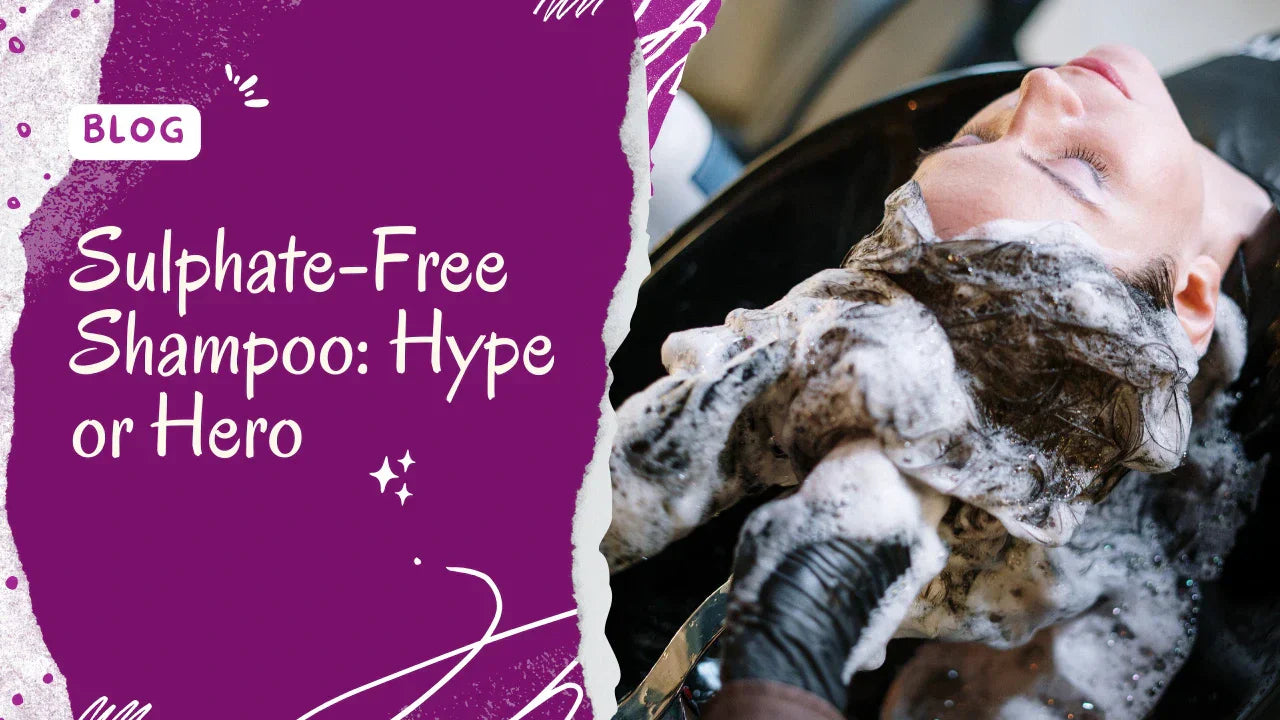
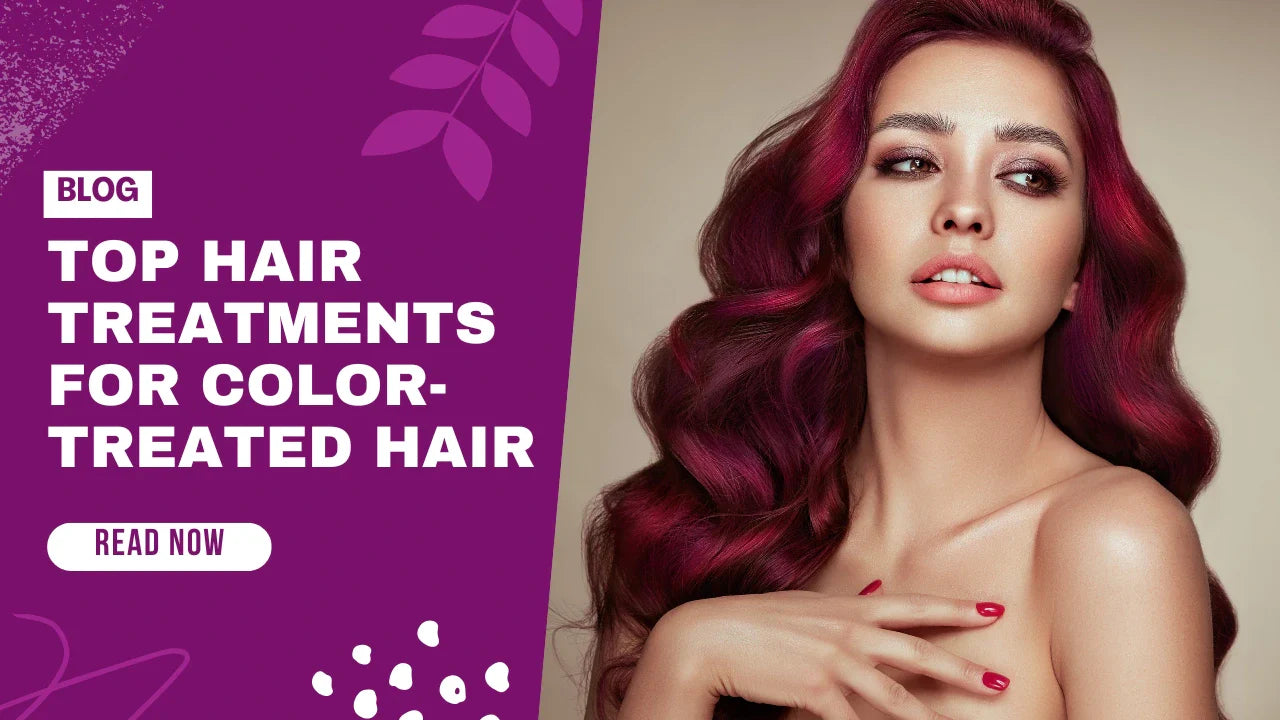




Leave a comment
This site is protected by hCaptcha and the hCaptcha Privacy Policy and Terms of Service apply.